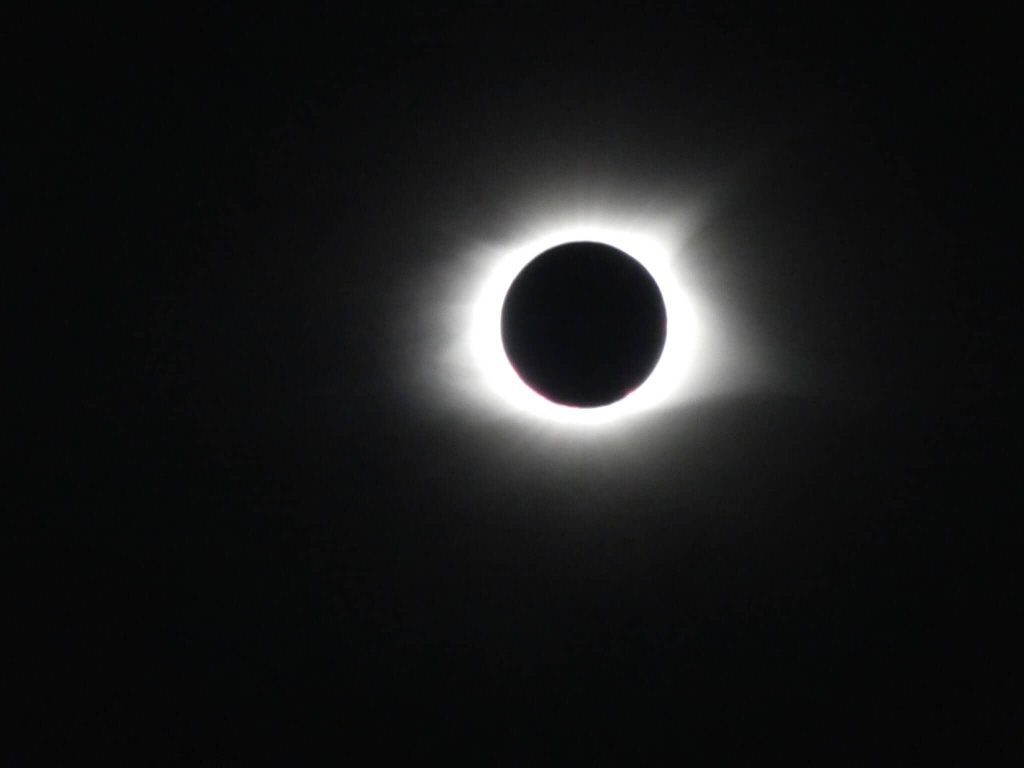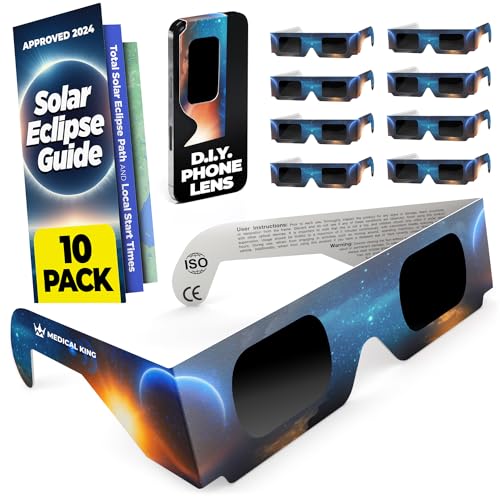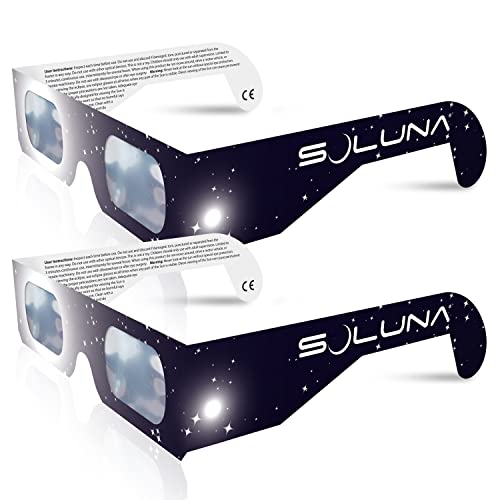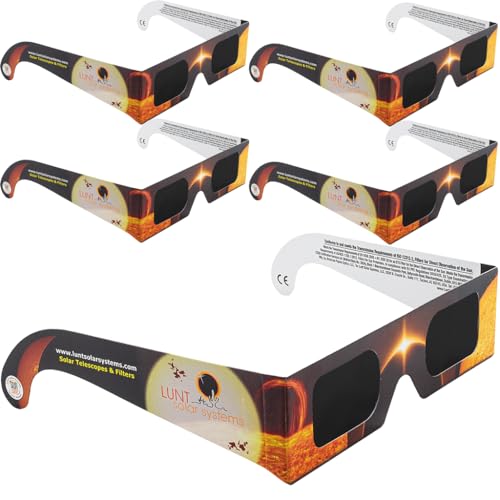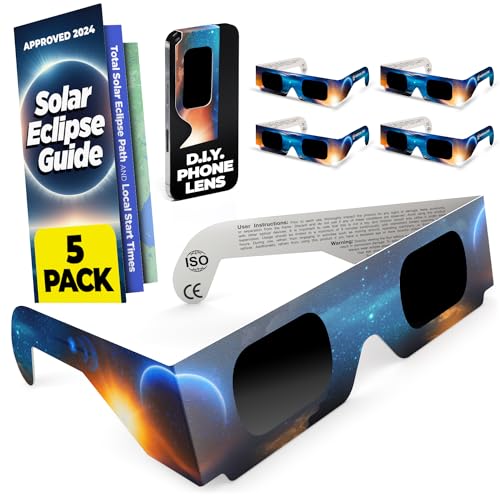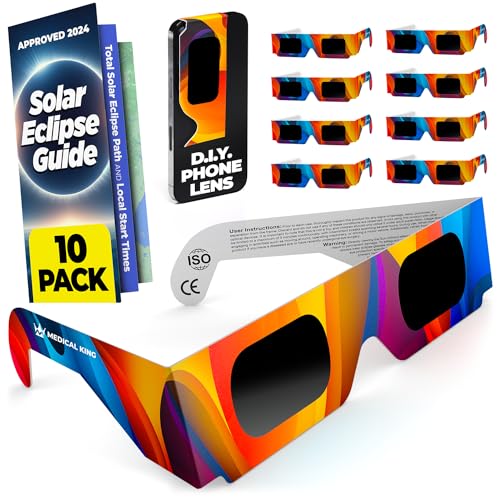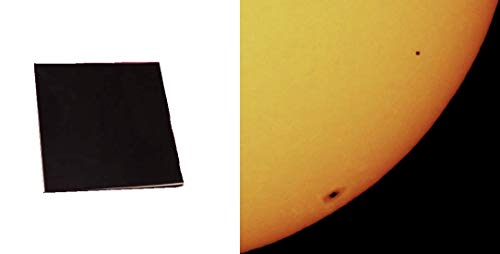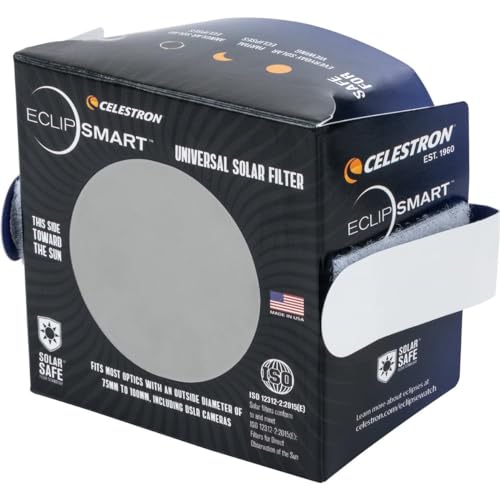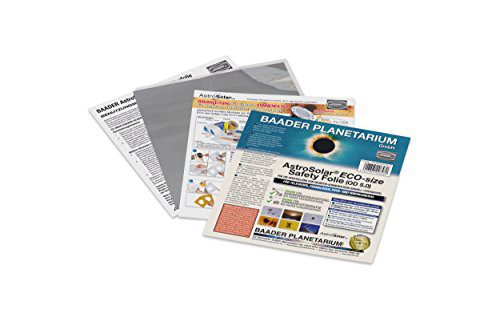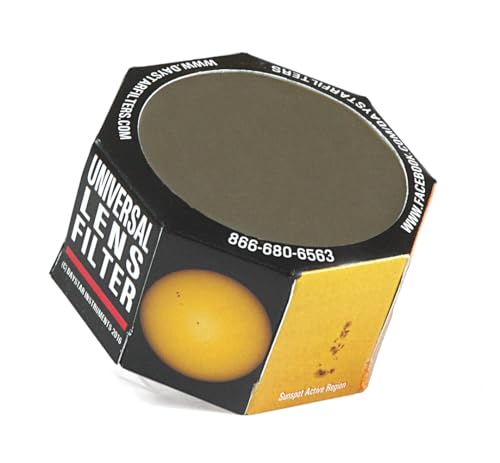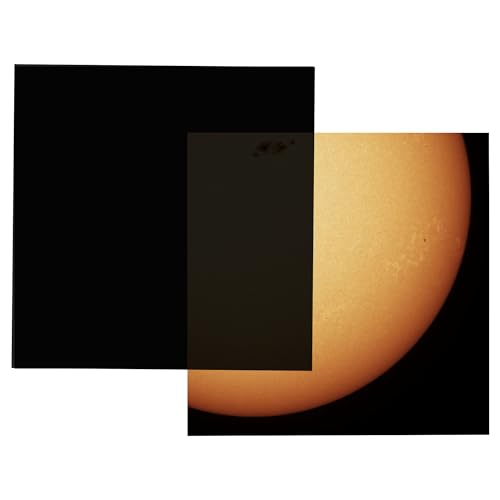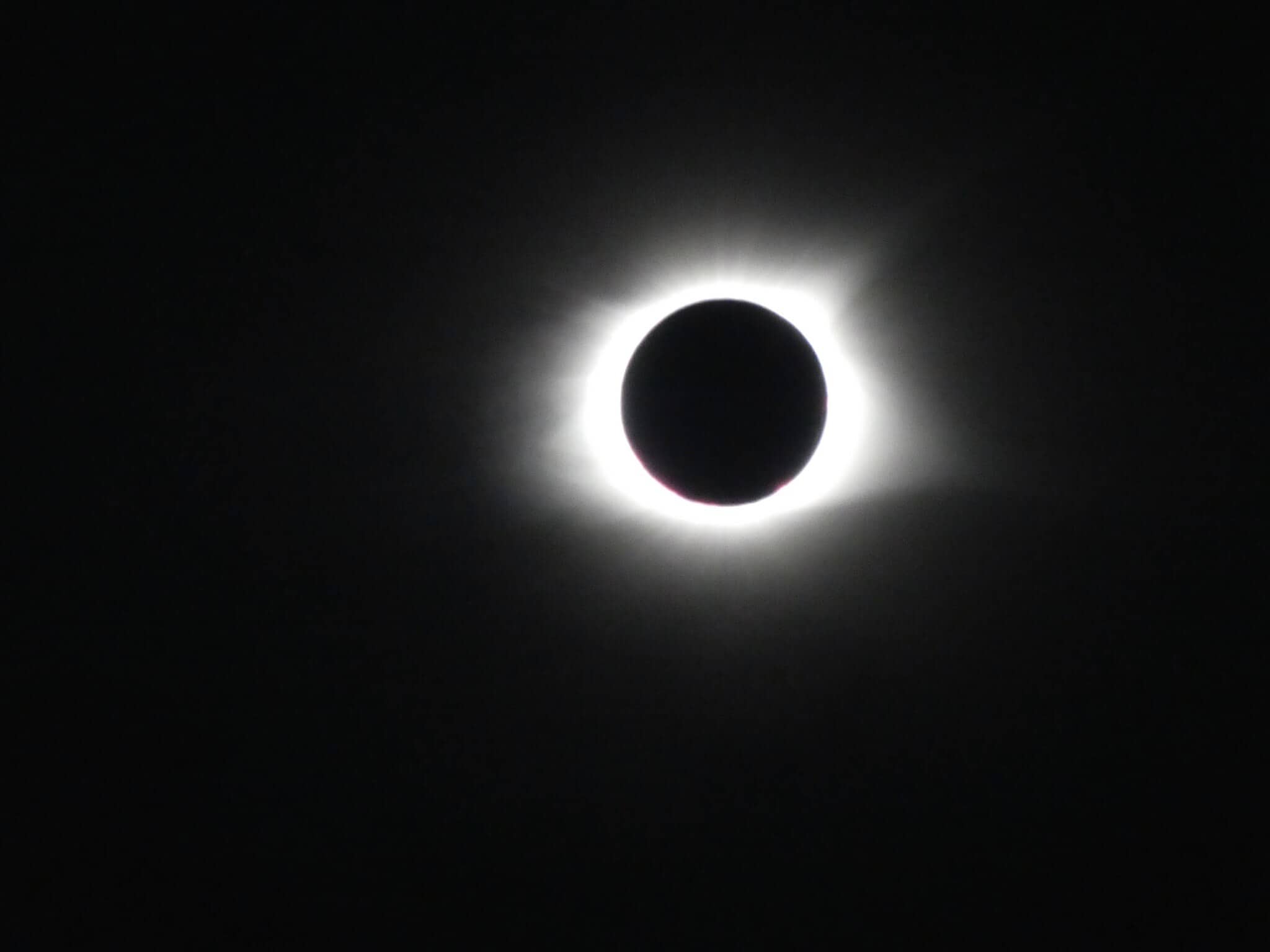
On April 8, 2024, the skies over the continental United States will darken midday as it sees the first total solar eclipse in seven years. This is a significant event for communities along its path. The most recent total solar eclipse in the United States took place on August 21, 2017. The next cross-country eclipse won’t happen until August 12, 2045.
The eclipse will reach a maximum totality—the total eclipse area—of four minutes and 28 seconds in Nazas, Mexico, before moving across the U.S., where the lengths of totality will differ. This year’s totality passes through 15 states, starting from Texas, and moving through Oklahoma, Arkansas, Missouri, Illinois, Kentucky, Indiana, Ohio, Pennsylvania, New York, Vermont, New Hampshire, and Maine. After it passes through the U.S., the eclipse will cross into Canada, passing over southern Ontario, Quebec, New Brunswick, Prince Edward Island and Cape Breton in Nova Scotia.
A partial eclipse will be visible across all 48 continental states.
What’s an eclipse?
Understanding a solar eclipse starts with the alignment of the Sun, Moon, and Earth—a configuration known as syzygy. A solar eclipse happens when the Moon moves between the Earth and Sun, casting a shadow on our planet. Those standing in the umbra, the shadow’s dark center, experience totality. Those outside the areas of totality but who still experience a partial eclipse are in the penumbra.
The recurrence of similar solar and lunar eclipses happens about every 18 years, 11 days, and 8 hours — a period known as a Saros cycle — and is an interesting aspect of eclipse prediction. Despite these regular intervals, each totality experience is unique, offering sights such as the diamond ring effect, the ethereal glow of the Sun’s corona, and the dramatic change in daylight.
Observers might notice a drop in temperature and changes in animal behavior, which highlight the eclipse’s impact on the natural world.
However, this Sun-Moon balance is not eternal. The slow drift of the Moon away from Earth means that, eventually, total solar eclipses will stop happening.
How to watch the eclipse safely
While they are spectacular events, when viewing solar eclipses, safety is crucial.
The Sun should not be observed directly with the naked eye or through unfiltered optical devices such as binoculars or telescopes. The reason is clear and simple: just as a magnifying glass can focus sunlight to start a fire, the lens in your eye can concentrate solar rays onto your retina, causing irreversible damage or blindness. The retina does not have pain sensors, meaning the damage can happen without immediate realization, requiring extra care.
However, a total solar eclipse provides a brief window during totality, when the moon completely covers the sun, allowing for safe direct observation. This generally only lasts for three or four minutes. The moment totality ends, returning to using safe viewing methods is crucial. Put on your eclipse glasses as soon as the sun starts to reappear to avoid the risk of retinal damage.
Safe Viewing Equipment
Solar Viewing Glasses
Solar viewing glasses, or eclipse glasses, are an easy and inexpensive choice for safely watching a solar eclipse. These special glasses shield the eyes from harmful solar radiation.
You can confirm if a pair of solar eclipse glasses meets current standards if they are marked as ISO 12312-2 (sometimes written as ISO 12312-2:2015).
However, it is recommended to be careful when buying these glasses from unverified sources, as fake products may not offer sufficient protection. Trusted vendors include Rainbow Symphony, American Paper Optics, and others endorsed by the American Astronomical Society.
Regular items like sunglasses or smoked glass are not enough and can be dangerous.
Pinhole Projectors
For those who prefer a DIY approach, a pinhole projector is a safe and effective method to observe a solar eclipse. This technique involves projecting an image of the Sun through a pinhole onto a viewing surface, eliminating the risk to your eyes. Making a pinhole projector requires simple materials like a long box or tube, aluminum foil, a pin, and a sheet of white paper. While not as direct as using solar viewing glasses, the resulting image offers an interesting view of the eclipse in progress.
Telescope Viewing
Optical projection using binoculars and telescopes (used safely) are also options, though not as recommended. They can amplify the Sun’s image for a more magnified view. This requires very careful setup to avoid damage to the equipment or risk of fire. Additionally, if you do desire this direct observation, use professionally designed white light filters that block most sunlight.
Always, always, always ensure any filter used for direct viewing or attached to an optical device blocks 99.999 percent sunlight. Avoid using any eyepiece-mounted filters on telescopes, as they can crack under the Sun’s heat. Proper solar filters should be mounted at the front of the telescope.
Capturing that awesome shot
Photographing the event on your camera requires caution and preparation, as demonstrated by a incident in 2017 when photographer Sean MacDonald intentionally exposed a DSLR camera, equipped with a 400mm lens but no solar filter, to the Sun. Within moments, the camera began smoking, illustrating the dangers of pointing optical equipment at the Sun without proper protection. This experiment emphasizes the primary rule for eclipse photography: Never look directly at the sun through a camera without a solar filter.
Total solar eclipses are very rare and special. Some people may never see one in their lifetime, while others will go on long car rides to see it. Watching an eclipse through a camera or viewfinder can take away from the personal experience. For many, it's a moment to be enjoyed with just your eyes (protected by eclipse glasses), as no photo can replace the feeling of seeing an eclipse in person. Camera settings are important when you're immersed in an eclipse. Looking through a viewfinder or focusing on camera settings can distract from the personal experience of witnessing the phenomenon. For many people, it's a moment to be cherished with the naked eye (protected by eclipse glasses, of course), as no photo can take the place of actually seeing an eclipse.
Important equipment for taking photos of an eclipse.
If you want to take the perfect Instagram photo, make sure you have the following gear for your photography.
- Eclipse glasses are necessary for directly observing the eclipse and aligning your camera with the sun.
- A tripod is crucial for stability, especially during the darker totality phase of a solar eclipse when longer exposures are needed.
- Using a remote shutter release can help avoid camera shaking in low light conditions.
- And of course, you need solar filters for your camera.
The Importance of Solar Filters.
When taking photos of the Sun, especially outside the totality phase of a solar eclipse, a solar filter is essential to protect your camera and your eyes from intense sunlight, as explained by MacDonald. Unlike regular neutral density (ND) filters, solar filters are specifically made to block harmful infrared and ultraviolet rays and decrease visible light intensity. Experts like NASA, the American Astronomical Society, and major photography brands universally recommend solar filters over ND filters. 4″x4″ Solar Filter Sheet for Telescopes, Binoculars and Cameras Buy on Amazon Celestron – EclipSmart Safe Solar Eclipse Telescope and Camera Filter – Meets ISO… Buy on Amazon
Thank you for your feedback!
Posts that may be of interest
Blue Origin reveals plans for a space station with multiple purposes
Scientists discover water molecules on asteroids for the first time
Cultivating food with soil from Mars is difficult but it is achievable
- Here's your handbook for the solar event in 2024.
- Water molecules found on asteroids for the first time
- Poop found in ancient Austrian mine shows humans consumed beer and blue cheese 2,700 years ago
- Growing food with Martian soil is challenging but it’s not impossible





